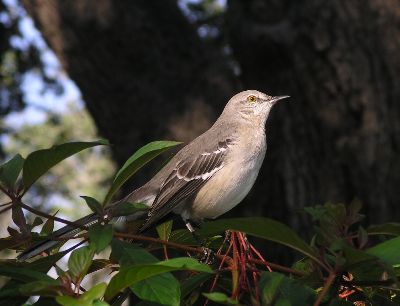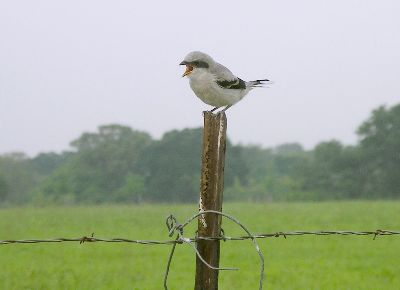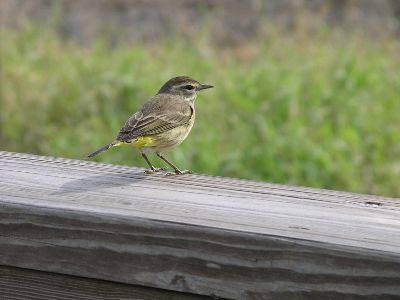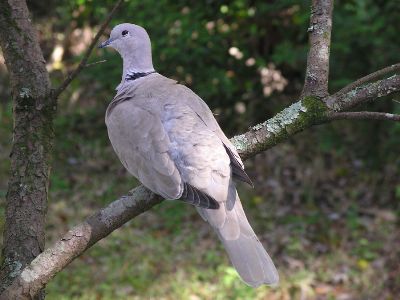The images presented in these galleries are reductions of photos taken by Valerie with a Pentax Optio 450 digital camera. The compression has been increased to 80% (100%=no compression) and the dimensions reduced in order to save bandwidth and facilitate page loading. The information below each image gives the size in pixels and kilobytes of the original file as well as the title by which to request the larger version. All of the original files are in jpeg format, most at about 95% compression, and are suitable for printing, desktop wallpaper, or detailed study. While the images here are free for the taking (right click - save as; do not link to these images directly), the larger versions are also available by sending a request to Valerie via . The frames around the gallery photos are not part of the same file and are only for presentation on this site.
Although the photos are free to use, they are copyrighted by LARVALBUG and remain the property of the owners of this site. We request that any public use of these images be accompanied by a credit to LARVALBUG.COM and, when appropriate, a link to our site (<a href="http://www.larvalbug.com/">LARVALBUG</a>). Commercial use of the large files can be arranged for a modest fee.
To request larger files or ask any questions please send an e-mail to Valerie at .
|
|
This is sort of a catch-all page for a variety of species. I'm not particularly good at sneaking up on such wary and active creatures, so it is only by chance that I can get their photos. The one exception is nestlings. With these, the trick is finding the nest, especially since many are too high up to be easily reached. Even with all the difficulties, birds are enticing subjects that tempt all nature photographers.
Mockingbird (Mimus polyglottos). Our state bird here in Texas, as well as in several other states, the mockingbird's popularity arises from its delightful songs and its visibility. Although not sporting bright colors, these birds seem to be everywhere and they show little fear of people. They are often seen defending their nesting territories from cats and dogs, which they aggressively dive bomb. In our area, we also see mockingbirds feeding on insects when we mow the lawn, mobbing crows, and singing from the tops of small trees. This individual was photographed at Zilker Gardens in Austin, Texas.
Budgerigar (Melopsittacus undulatus). This poor bird should not be wild, but I found it while on a morning walk in our area. Budgies are common pets and sometimes get loose from their owners. Although I tried to coax this one to come, it was not tame enough to trust just any human. The bird could not survive long in the wild as a combination of its eye-catching colors and its inexperience would inevitably allow it to fall prey to a cat, hawk, coyote, or fox, to name just a few of the common predators here. The color of this bird is a pretty mutation that is popular with bird fanciers. It is missing the yellow pigment in its feathers and so those that would normally appear green are instead blue (a color not due to pigment but to feather structure) and the yellow are white. It is not a true albino because the eyes are black and the feathers do contain black pigment in the appropriate places. While unfortunate for the bird, it is quite an unusual experience to see a budgerigar in a mesquite tree here in central Texas.
Immature Loggerhead Shrike (Lanius ludovicianus). I frequently see shrikes when I am walking in our area. They are especially evident when the young have fledged but are still begging for food from their parents, as this youngster was doing. Shrikes are an unusual songbird because they are don't just settle for a diet of bugs and seeds. While they do take large insects, shrikes are noted for also attacking small mammals, which they tear apart using thorns on branches or barbed wire. Their calls are unlike other birds as well, sounding much more like hawk screams than songs. This individual was photographed near a small farm that is surrounded by shopping malls and subdivisions here in Austin, Texas.
Palm Warbler (Dendroica palmarum). This is one of the few warblers that I've seen out in the open. Usually, warblers flit about in trees, barely visible and never remaining still for very long. This palm warbler, though, was quite cooperative, perching on a boardwalk railing and bobbing its tail up and down, while I stood only 10 feet away. This encounter took place while I was camping at Myakka River State Park in Florida in February. Appropriately, the boardwalk on which I was standing is called "The Birdwalk."
Immature Common Grackle (Quiscalus quiscula). Although the adults of this species have yellow eyes, those of young birds are dark. There are two species of grackle that are very common around our yard here in Texas: the common and the boat-tailed. Both are gregarious and noisy, and the adult males are a glossy black with purple, green, blue, and copper iridescence. This particular bird was perched in an agave along the Atlantic coast of Florida in Flagler Beach.
Mourning Dove Nestling (Zenaidura macroura). Of several dove species found around Austin, the mourning dove is one of the less common, at least in our immediate area. While we often see large flocks of rock and white-winged doves, mourning doves only occasionally make an appearance. They do nest around us, though, as verified by this example. This was the first nest created by a dove on the side of a new store around which I regularly take morning walks. Although another egg in the nest never hatched, the bird in this photo fledged only a few days later.
This is the mother of the bird in the previous photo. After her first offspring fledged, she built at least two more nests, varying the location along the same wall covered with vines. Both nests were destroyed before the eggs hatched.
Collared Dove (Streptopelia decaocto). Although it is a native of Europe and Asia, this species of dove was flying freely around the Lowry Zoo in Tampa, Florida. There are so many naturalized species in our country that it is often difficult to tell which are native and which are successful aliens.
Rock Dove (Columba livia). One of the most recognized of all birds, the rock dove, or pigeon, is found just about everywhere around urban centers. Even though it is common, the color variations are interesting, and even the ordinary plumage is quite handsome. This particular bird was at the Lowry Zoo in Tampa, Florida.
|








